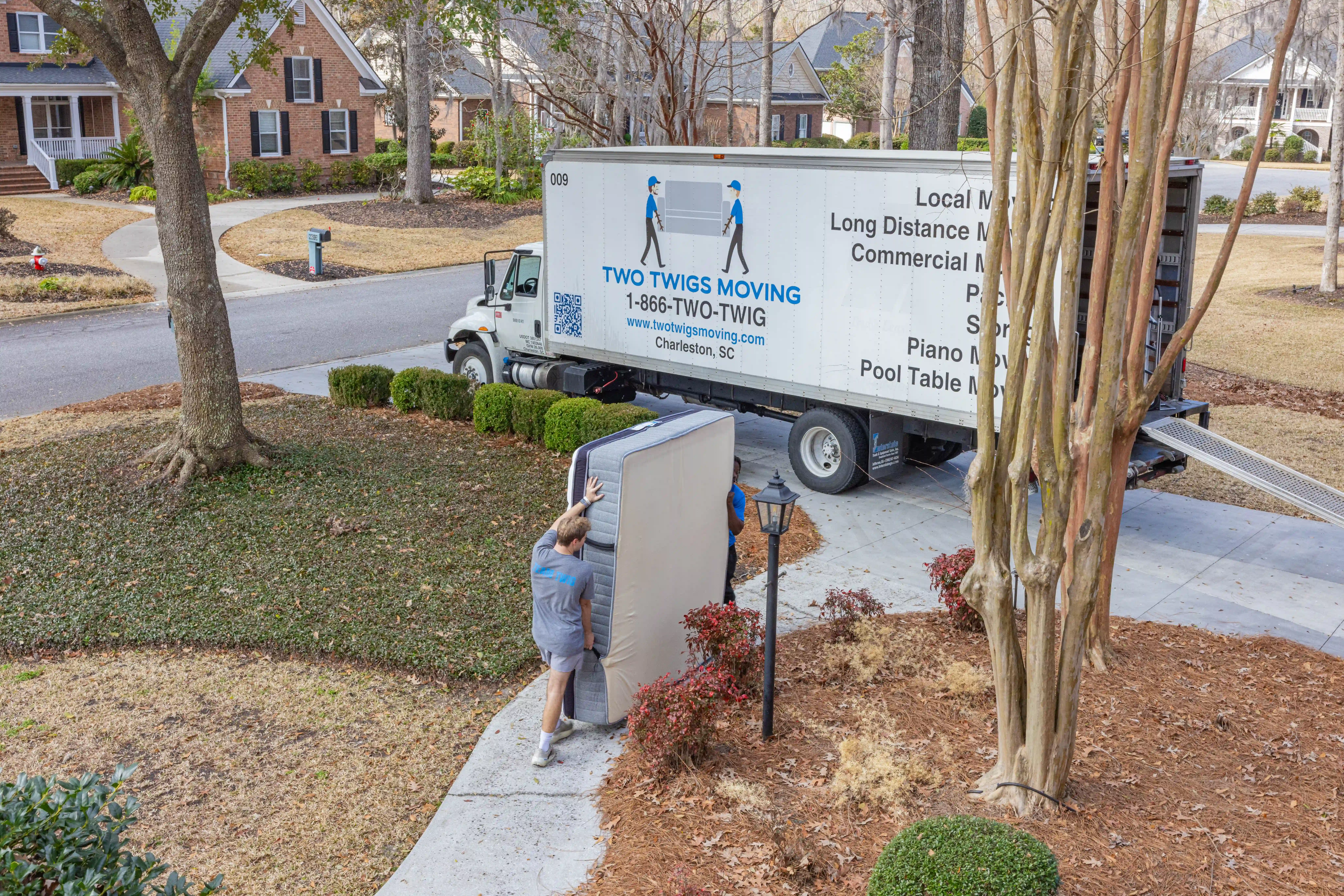As environmental awareness grows, more people are seeking sustainable solutions for everyday tasks, including moving. When preparing for a move, using eco-friendly packing materials not only helps reduce waste but also sets a positive example for your community. Here’s a guide to sustainable packing materials that can help you make your move greener while still protecting your belongings.
1. Recycled Boxes
One of the most effective ways to reduce waste during your move is to use recycled boxes. Many local businesses or grocery stores offer used boxes for free or at a low cost. These boxes can be repurposed to pack your belongings without contributing to new cardboard production. Ensure that the boxes are sturdy and in good condition for safe transport.
2. Biodegradable Packing Peanuts
Instead of traditional Styrofoam packing peanuts, opt for biodegradable alternatives made from cornstarch or recycled materials. These eco-friendly packing peanuts dissolve in water and won’t contribute to landfill waste. You can also use shredded paper or cardboard as a sustainable filler for fragile items.
3. Reusable Packing Materials
Consider investing in reusable packing materials that can be used for multiple moves or for storage purposes. Some great options include:
- Fabric Wraps: Use cotton or linen fabric to wrap fragile items. They can be washed and reused, reducing waste compared to single-use materials.
- Bubble Wrap Alternatives: Look for eco-friendly bubble wrap made from recycled paper or use crumpled paper for cushioning.
4. Old Towels and Blankets
Instead of purchasing bubble wrap or foam sheets, use old towels, blankets, or clothing to protect fragile items during the move. These materials are soft, reusable, and can be packed efficiently to save space. After the move, they can continue to serve their original purpose or be donated.
5. Compostable Packing Tape
Traditional plastic packing tape is not biodegradable and can contribute to environmental waste. Instead, look for compostable packing tape made from natural materials, such as paper or biodegradable plastics. This type of tape is just as effective for securing your boxes while being more eco-friendly.
6. Newspaper and Paper Packing
Using old newspapers or paper grocery bags for packing is a sustainable option that reduces waste. These materials can be crumpled up to create cushioning for fragile items. Make sure to avoid using colored ink, as it may bleed onto your belongings.
7. Eco-Friendly Labels
When labeling your boxes, consider using eco-friendly labels made from recycled materials. You can also use a simple piece of paper or cardboard cut into tags. Mark your boxes with a permanent marker to minimize plastic waste from sticky labels.
8. Bulk Purchases of Packing Supplies
When sourcing packing materials, consider buying in bulk or wholesale. This can reduce packaging waste and often saves money. Look for local suppliers or online retailers that offer eco-friendly options.
9. Donation and Recycling
Once you’ve completed your move, be sure to find responsible ways to dispose of any packing materials you no longer need. Donate reusable materials to local charities or schools, and recycle what you can. Many communities have recycling programs for cardboard, paper, and biodegradable materials.
Conclusion
Using sustainable packing materials is an excellent way to reduce waste and make your move more eco-friendly. By choosing recycled boxes, biodegradable packing peanuts, and reusable materials, you can minimize your environmental impact while still ensuring your belongings are safe during the move.
If you’re preparing for a move in North Carolina, Two Twigs Moving can assist you with professional moving services and tips for incorporating eco-friendly practices into your transition. Embrace sustainability in your moving process and contribute to a greener future while making your new house a home!


.svg)


